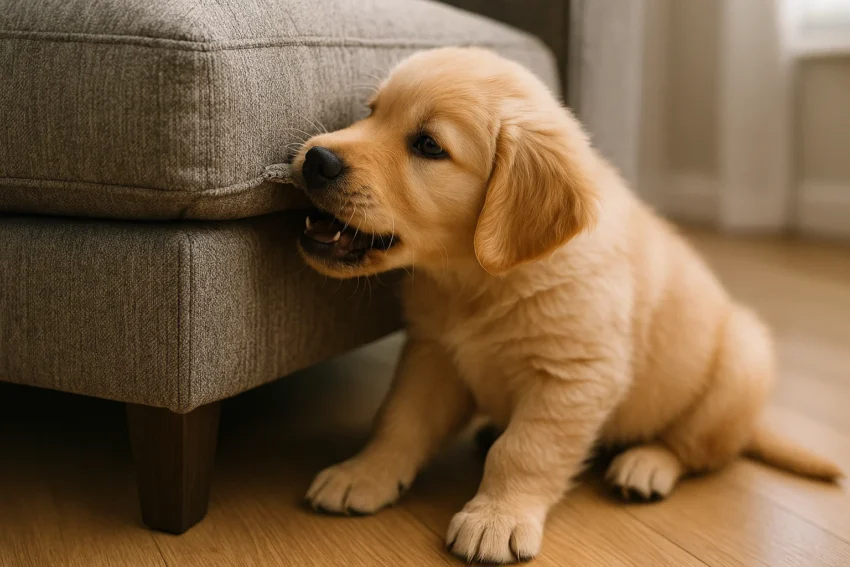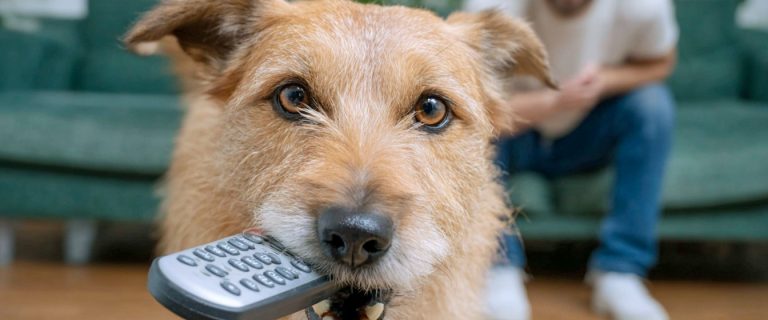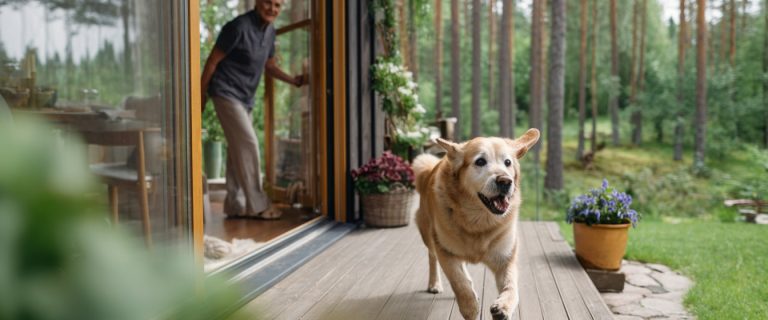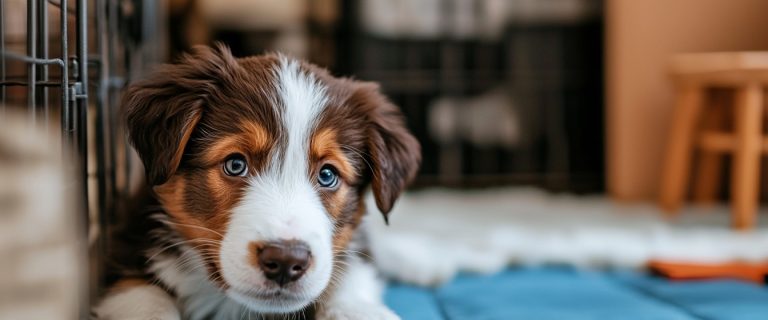Let’s talk about a rite of passage for just about every dog parent: walking into your living room and discovering that your couch, chair legs, or even your baseboards look like they lost a fight with a beaver.
If you’re here because your dog has developed a taste for your furniture, first of all—deep breath. You’re not a bad pet parent. You’re not alone. And no, your dog isn’t a tiny rage monster out to destroy your home for fun (even if it really feels that way at times).
The truth is, chewing is totally normal canine behavior. It’s how they explore the world, relieve boredom, soothe teething pain, and sometimes even deal with anxiety. But that doesn’t mean you have to resign yourself to living in a gnawed-up, deconstructed IKEA showroom.
Let’s dive into how to train your dog to stop chewing your furniture—in a way that actually works and keeps your sanity (and your sofa) intact.
First, Figure Out Why Your Dog Is Chewing
Before you can fix the problem, you’ve got to understand the why. Dogs chew for different reasons, and identifying the root cause will make training a whole lot easier.
Here are the most common culprits:
✅ Teething – Puppies go through a teething phase between 3 and 6 months. Chewing helps ease the discomfort. ✅ Boredom – Dogs, especially high-energy breeds, need mental and physical stimulation. A bored dog will find a hobby… even if that hobby is eating your recliner. ✅ Anxiety or stress – Separation anxiety and general stress can trigger destructive chewing. ✅ Lack of appropriate outlets – If you haven’t given your dog something better to chew, they’ll pick what’s available. Unfortunately, that usually means your coffee table.
Take a few days to observe when the chewing happens. Is it when you’re gone? After a long day with no walk? When your dog’s been crated for a while? The answer will help you tailor your approach.
Step-by-Step: How to Train Your Dog to Stop Chewing Furniture
Let’s get down to business. Here’s how to go from “my dog eats my house” to “my dog naps peacefully next to my couch instead of nibbling on it.”
1. Dog-Proof Your House (Within Reason)
Start by setting your dog up for success. That means removing temptation while you’re working on training.
➡️ Use baby gates or exercise pens to block off furniture-heavy rooms when you can’t supervise. ➡️ Pick up throw pillows, remote controls, and shoes (yes, shoes count as furniture-adjacent chewables). ➡️ If you catch them mid-chew, interrupt with a firm but calm “ah-ah!” or “no,” then redirect.
This isn’t about punishment—it’s about preventing bad habits from becoming hardwired.
2. Give Them Something Better to Chew
Your dog wants to chew. You can’t train that instinct out—but you can give them appropriate options.
Some top-notch chew toy ideas:
Frozen Kongs stuffed with peanut butter, yogurt, or soft treats Durable chew toys like Nylabone or Benebone (great for aggressive chewers) Long-lasting edible chews, like bully sticks or yak cheese chews Puzzle toys to engage their brain and tire them out mentally
Keep a few options available at all times and rotate them weekly to prevent boredom.
3. Use Taste Deterrents (If Needed)
Sometimes, your dog needs a little extra incentive not to chew your furniture. That’s where taste deterrent sprays come in handy.
Bitter apple spray, vinegar mixtures, or commercial anti-chew sprays can help discourage them—just test on a small area first to make sure it won’t stain your furniture.
Pro tip: This works best after you’ve already introduced chew alternatives. Don’t just spray and hope for the best.
4. Exercise = Fewer Chewed Couch Legs
It sounds obvious, but a tired dog is a much better-behaved dog.
Make sure your pup is getting enough physical activity based on their age and breed. For some dogs, a quick walk around the block won’t cut it.
Try mixing in:
✅ Daily walks (brisk ones!) ✅ Backyard play sessions or games of fetch ✅ Tug-of-war (which also satisfies that chew urge in a healthy way) ✅ Doggy daycare or playdates if they’re social
Mental stimulation is important, too. Snuffle mats, obedience training sessions, and food-dispensing toys go a long way.
5. Crate Training for When You’re Away
If your dog chews most when you’re not home, crate training can be a lifesaver. A properly introduced crate isn’t a punishment—it’s a safe space.
✔ Choose a crate just big enough for them to stand, turn, and lie down. ✔ Make it cozy with a blanket and safe toys (nothing they can shred or swallow). ✔ Start with short sessions and work up to longer ones.
Bonus: Crates help with other training, like potty training and reducing anxiety.
6. Redirect, Reinforce, Repeat
This is where your training skills come in.
Every time you catch your dog eyeing the furniture like it’s a chew buffet:
-
- Interrupt with a firm voice (“Leave it!” or “No!”).
-
- Immediately redirect to an appropriate toy.
-
- Praise them like crazy when they chew the right thing. (“Yes! Good chew! That’s your bone!”)
Consistency is key. It won’t happen overnight, but dogs do learn quickly when there’s a clear cause and effect.
What Not to Do
Let’s clear the air on a few outdated ideas that can backfire:
Don’t punish after the fact – If you walk in to find chewed-up wood, yelling won’t help. Your dog won’t understand what they did wrong unless you catch them in the act. Don’t use harsh methods – No hitting. No rubbing noses in it. These just break trust. Don’t expect instant results – Training takes time and patience. If you’re consistent, you will see improvement.
When It Might Be Time to Call a Pro
If the chewing is extreme, or if you suspect it’s linked to separation anxiety or compulsive behavior, reach out to a certified dog trainer or a veterinary behaviorist.
There’s no shame in getting professional help—sometimes a second set of eyes can make a world of difference.
Final Thoughts: You Can Save Your Sofa (And Your Sanity)
Chewing is natural. It’s normal. And yep, it’s frustrating. But with the right tools, the right training, and a little bit of patience, your dog can learn what’s okay to chew (and what’s definitely not).
Remember: You’re not alone in this. Thousands of dog parents have walked in your shoes—possibly barefoot because their pup chewed the laces off every pair of sneakers they own.
Stick with it. Be kind, be consistent, and keep those chew toys coming.
You’ve got this—and so does your dog.





